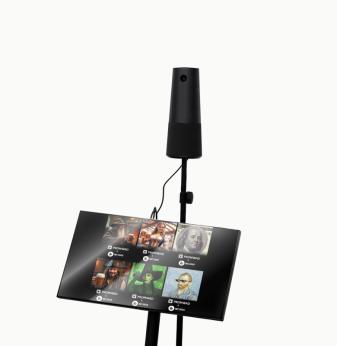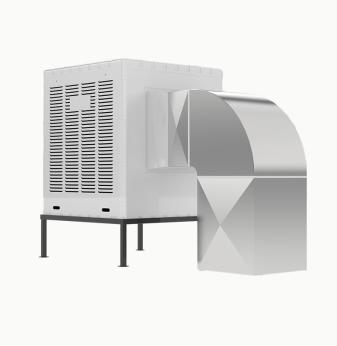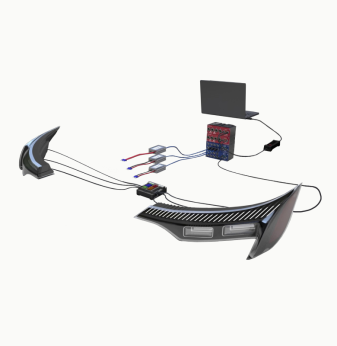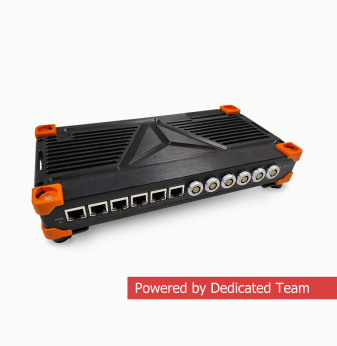How to Build Long-Lifecycle Embedded Systems: Design for 10+ Years of Operation

Introduction: Why Long Lifecycle Design Matters More Than Ever
In industrial, medical, aerospace, and automotive sectors, embedded systems are often expected to operate for 10 to 20 years with minimal downtime or redesign. But building for long lifecycles is increasingly difficult in a world of fast-moving silicon, shifting software stacks, and growing security demands.
Whether you're designing a factory automation controller, a connected medical device, or a vehicle gateway, this guide explores the key design principles and strategies to ensure product longevity — and avoid costly midlife redesigns.
1. Choose Longevity-Backed Silicon and Components
What to look for:
- MCUs, SoCs, and FPGAs with 10+ year availability guarantees
- Suppliers with dedicated long-life product programs (e.g., STMicro, NXP, TI, Renesas)
- Passive components (e.g., capacitors, connectors) that avoid custom or niche footprints
Pro tips:
- Avoid mobile or consumer-grade chipsets with short production runs
- Use parametric search filters for automotive, industrial, or medical grades
- Validate temperature and lifecycle specs early with vendor FAE teams
Silicon availability is the foundation of long-lifecycle design.
2. Design for Component Substitution and Second Sourcing
Why it's critical:
- BOM components may become EOL, constrained, or obsolete
- Political or supply chain instability can disrupt part flow
Engineering practices:
- Use pin-compatible MCU families (e.g., STM32 L4 ↔ U5 ↔ H5)
- Maintain electrical compatibility (voltage, timing, impedance)
- Choose FPGAs or CPLDs with flexible I/O standards
- Avoid “single-source traps” like custom ICs or proprietary displays
Tools:
- Use digital twins of BOMs with live supply risk alerts (e.g., IHS, SiliconExpert)
- Maintain BOM risk dashboards with priority flags and redesign options
Designing for substitution builds resilience into the hardware stack.
3. Architect Updatable and Modular Firmware
Key requirements:
- Over-the-air (OTA) update capability or field upgrade path
- Modular firmware layers (e.g., BSP, middleware, app logic)
- Clear version control, rollback mechanisms, and audit logging
Best practices:
- Use RTOS or embedded Linux with partitioned update support (e.g., RAUC, SWUpdate, MCUboot)
- Support delta updates for bandwidth-constrained deployments
- Plan secure update infrastructure from day one
A firmware platform that’s hard to update will accelerate obsolescence.
4. Secure by Design — and Maintain Securely for Years
Long-term security risks:
- Vulnerabilities in OS, libraries, or third-party code
- Credential exposure or outdated crypto algorithms
- Firmware attacks via physical or remote vectors
Design principles:
- Implement secure boot, runtime attestation, and encrypted storage
- Enable device revocation and secure onboarding
- Separate firmware update keys from application logic
Security maintenance:
- Subscribe to CVE feeds for used libraries
- Plan a 10-year cryptographic roadmap (e.g., post-quantum readiness)
- Run periodic threat modeling refreshes
Security isn't a launch feature — it’s a lifecycle commitment.
5. Avoid Obsolete Software Stacks and Tools
Why this matters:
- Vendor SDKs may be discontinued after a few years
- Community toolchains may become unsupported or non-compliant
- Legacy dependencies may fail on modern dev environments
How to future-proof:
- Use open standards (e.g., CMSIS, POSIX RTOS, Yocto Linux)
- Avoid SDKs tied to single IDEs or toolchains
- Document and containerize toolchains (e.g., Docker for GCC, CMake, SDKs)
Software is hardware's biggest lifecycle risk.
6. Plan for Serviceability, Diagnostics, and Telemetry
What long-life systems need:
- Built-in diagnostics (startup self-test, runtime checks)
- Logging mechanisms that work for years (circular buffers, non-volatile logs)
- Remote telemetry or field diagnostics (via MQTT, Modbus, etc.)
Benefits:
- Early failure prediction
- Lower maintenance cost
- Ability to update or recalibrate remotely
Maintenance isn’t a one-time event — it’s an ongoing workflow.
7. Design for Mechanical and Environmental Durability
Factors to consider:
- Vibration, humidity, UV, thermal cycles, ingress
- Connector retention, PCB flex, conformal coating
Design guidelines:
- Use IPC Class 2/3 design rules for mission-critical boards
- Validate enclosure IP rating (IP65, IP67, etc.)
- Perform HALT/HASS tests and accelerated life testing
Physical degradation is just as deadly as software rot — test to survive.
8. Document Everything — and Build a Digital Thread
Long lifecycle means:
- Projects outlive developers, tools, and original design intent
- Future engineers will depend on your documentation
What to document:
- Full schematics, layout, and BOMs (native and neutral formats)
- Toolchains and build environments
- Firmware architecture and upgrade paths
- Manufacturing test procedures and logs
Documenting the system is an investment in continuity.
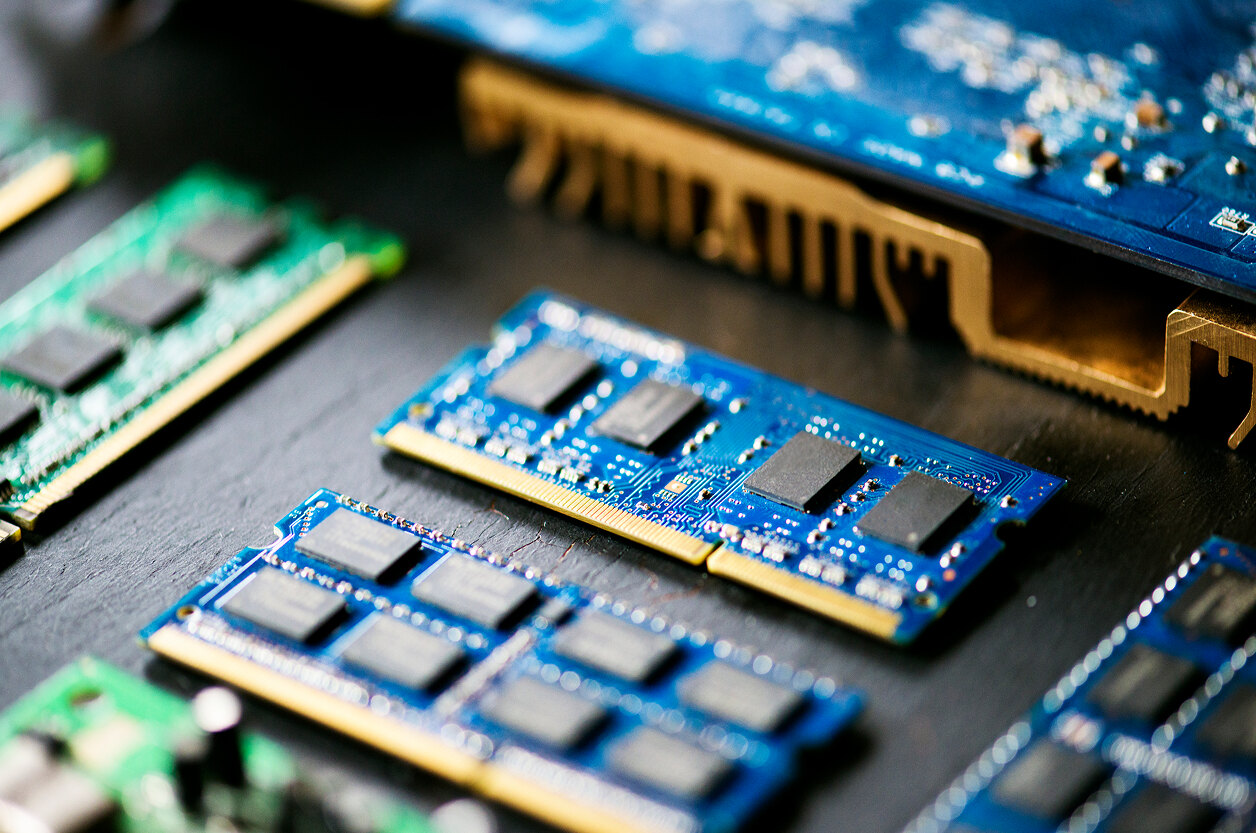
Comparison Table: Design Elements for 10+ Year Embedded Products
| Design Area | Key Strategies | Tools/Standards |
| Hardware Components | Long-life MCU, BOM risk dashboards | ST longevity, SiliconExpert |
| Firmware Architecture | OTA-ready, modular firmware | MCUboot, Zephyr RTOS, RAUC |
| Security Infrastructure | Encrypted boot, device attestation | PSA Certified, Secure Boot |
| Software Stack | Open standards, toolchain containers | CMSIS, Yocto, CMake, Docker |
| Telemetry & Service | Diagnostics, self-test, logging, OTA | MQTT, FreeRTOS+CLI, Edge telemetry |
| Mechanical Design | IP-rated enclosures, conformal coating | HALT/HASS, IPC Class 3 |
| Documentation & Trace | Full lifecycle artifact versioning | Git, Jira, Confluence, SBOM |
9. Platform and Certification Recommendations by Industry
Designing for long lifecycles often requires choosing platforms and compliance paths tailored to your sector. Here’s how to align design decisions with industry-specific needs:
Industrial Automation
- Recommended Platforms: STM32H5, NXP i.MX RT1170, Renesas RA6, Linux on i.MX 6ULL
- Certifications & Standards: IEC 61508, ISO 13849, OPC UA integration
- Key Considerations: Wide temp range, real-time determinism, long support cycles, PLC compatibility
Medical Devices
- Recommended Platforms: Ambiq Apollo4, Nordic nRF5340, TI MSP432, STM32U5
- Certifications & Standards: ISO 13485, IEC 60601-1, IEC 62304 (software lifecycle)
- Key Considerations: Low power, Bluetooth security, FDA and MDR audit readiness, secure OTA updates
Transportation and Automotive
- Recommended Platforms: Infineon AURIX, NXP S32K3, TI Jacinto, Renesas RH850
- Certifications & Standards: ISO 26262, ASPICE CL2+, UN ECE R10, Automotive Ethernet
- Key Considerations: Functional safety, CAN FD/TSN support, harsh environment testing, long-term supply contracts
Aligning platform selection with the compliance roadmap and product lifecycle support guarantees ensures sustainable embedded product success.
Final Thoughts: Design for the Decade, Not the Launch
Building embedded systems for 10+ years isn’t just about picking reliable parts — it’s about a cross-disciplinary strategy that includes:
- Smart silicon and supply chain choices
- Modular, secure firmware
- Tooling and ecosystem alignment
- Long-term maintainability and compliance
Promwad helps OEMs and industrial clients build embedded platforms that stand the test of time — from architecture to product lifecycle services.
Let’s make your product not only smart, but sustainable — for a decade or more.
Our Case Studies

